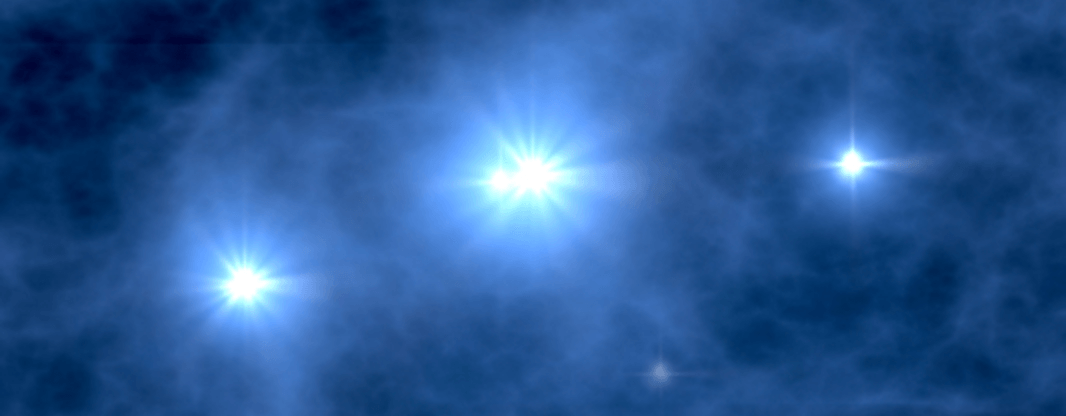つくば宇宙理論セミナー
第8回

Fast Reionization Simulations for LOFAR
Rajat Mani Thomas 氏
IPMU
要旨
The redshifted 21-cm cosmological signal from the "dark ages of the universe" as it transitions into the epoch of reionization (EoR) has been a subject of intense study in the last decade, fueled by the promise of upcoming large radio telescope arrays like LOFAR, MWA and SKA. From a theoretical perspective, challenges in predicting the 21(1+z) signal stems from our lack of understanding the astrophysical processes that dominate the Universe before redshift six. Apart from the nature of the first sources (PopIII stars, mini-quasars, dark matter annihilation) that ionized the Universe, there are a plethora of other uncertainties that affect the signal as it traverses the Universe to impinge on the ionosphere and down to the telescope. The focus of this thesis was the development of a fast and efficient radiative transfer (RT) scheme that provides an accurate prediction of the cosmological 21-cm signal, modulo the detection capability of the LOFAR telescope. Our novel and fast approach facilitates spanning large parameter spaces dictated by the astrophysical unknowns. These simulations provide the starting point for the LOFAR-EoR simulation pipeline. Subsequently these mock datacube will be used to test the calibration and signal extraction schemes being developed and also in conjunction with datasets of other measurements like the CMB and deep near-IR, to extract even more information about the "dark ages".





 Ja En
Ja En